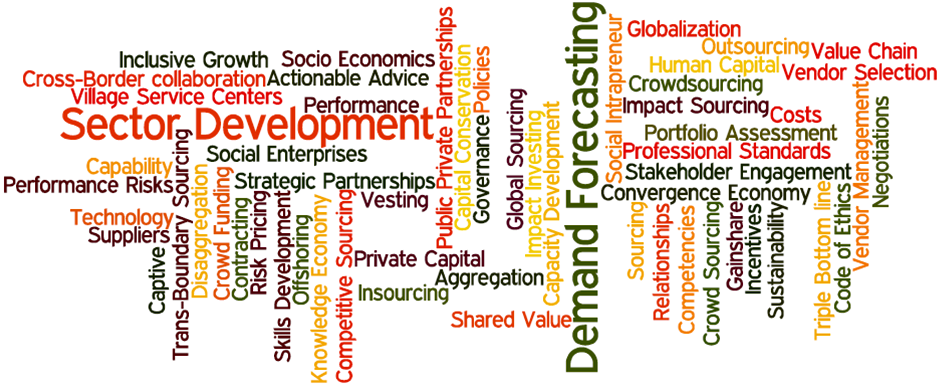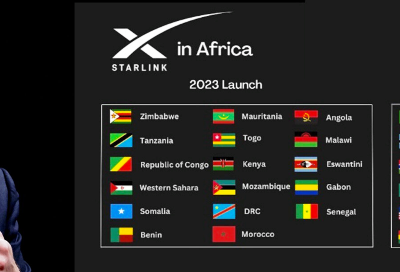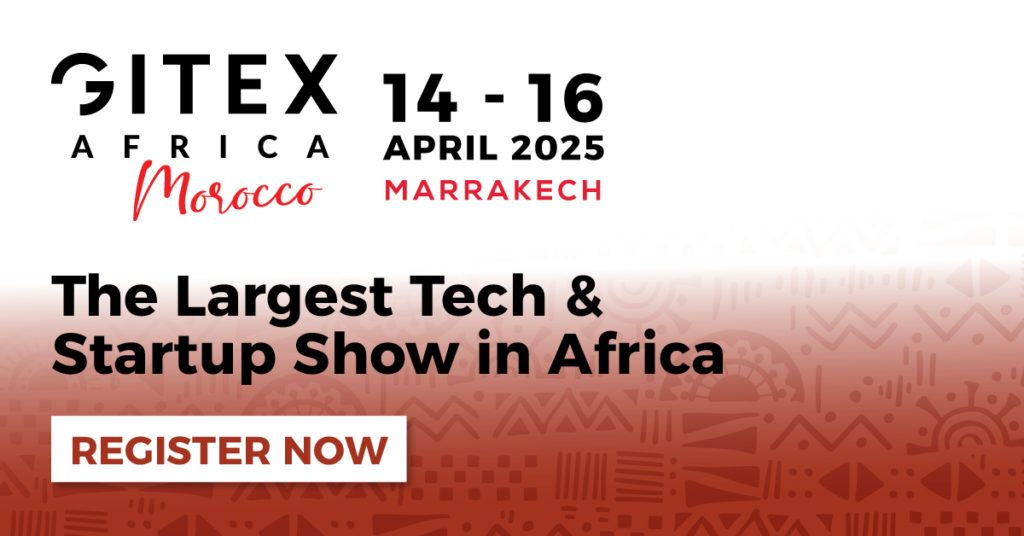“Future of Work” Series by Bobby Varanasi, COP, COP-GOV
Chairman & CEO, Matryzel Consulting.
The world is awash with new technologies, being launched by nimble startups and large corporations, on the back of a range of discussions around disruptions, new value creation with consumption models and the ever-present promise of bridging physical and virtual worlds. Alongside these exciting developments, a few questions arise, spanning the economic and socio-political spectrum. While the most notable deliberations are around changing nature of jobs because of automation and artificial intelligence, more mundane conversations demanding that corporations change their entire approach toward managing millennials has constantly occupied our current thinking. Alongside, we have been witness to concerns raised around increasing inequality, stagnation of (wage-driven) incomes worldwide, and replacement of jobs by machines (increasing the push-back on adoption of automation technologies). Meanwhile governments are beginning to come around to considering alternate solutions like universal basic incomes, restructuring public distribution mechanisms and creating new avenues for revenue generation.
Interestingly, many do argue that automation has always been there. Why then is it perceived to be different this time around? The argument is that in the past we had deployed machines to add muscle to human endeavor. In doing so, such mechanization automated routine tasks, which only complimented humans. However now we are not just leveraging intelligent machines, but they seem to be doing completely different and new tasks that didn’t exist before. This fact doesn’t seem to sit well with people who are beginning to get concerned about what would be left for humans to do when all this reaches a point of no return. The debates around future of work are about this journey.
Doomsday predictions have begun to spring up as it relates to the types of jobs that will be eliminated before the end of this decade. They may seem harsh and disturbing. Yet, somehow the inevitability of it has not yet dawned on people. It is therefore pertinent to take a step back and understand the context in more certain terms. This paper, and the following three papers will center round the facets influencing workplaces, jobs, tasks etc. in a concrete manner. The goal is not to predict the future. Instead, my attempt here is to establish a greater understanding such that we are able to collectively ready ourselves for the future.
“Pace of invention of new technologies has begun to alarm humans into inquiring about what would be left to do if machines could completely replace humans.”
Workplace Ambiguities
Let’s set the context first. Talent is changing. Education is abundant. And technologies are creating new opportunities at the learning and deployment ends of the spectrum in a more pervasive manner. Structural changes in the workplace can be painful, but ultimately progressive. Various new techniques driven by machine learning, deep learning, and AI are opening new vistas to gaining business insights. Such tools are also being utilized – particularly in medical sciences – to resolve some thorny issues.
Deployment of such tools in businesses is resulting in greater efficiencies, but increasingly diluting the role of people as a factor of production. While this has a direct impact on “employed workforce”, organizations have begun to deploy off balance-sheet talent through the adoption of an open talent continuum. These shifts are forcing us to reconsider the role of individuals, organizations, hierarchies, accountability workflows, labor laws et al. Reimagining the workplace is possible. However questions remain on the nature of evolution, unavoidable disruptions, resistance to change, and dealing with lost opportunities. We believe this question is best addressed not by looking at the impacted, but by the forces shaping such changes – changing customer behavior, demographics, globalized marketplaces, virtual platforms and the interactions that take place amongst these forces.
“Reimagining the workplace will require us to upend our views to employment in radical ways, alongside ensuring inclusivity and socio-economic gains without compromising agility.”
We believe there are three distinct forces influencing the world we live in today. These forces are shaping the future of workplace and consequently, human behavior within contexts of society and economies. We term these forces as the Briquettes.
Briquette 1 – Virreal World
The past decade and a half has been witness to the convergence of real and virtual worlds, thanks to the vigorous spread of the internet globally. More than half of humanity has access to the internet and is therefore able to navigate both the worlds almost seamlessly. Businesses are transacting virtually while customers consume physically. Self-learning technologies are able to predict consumer behavior far more accurately than previous management models have ever come close to. Supply chains are beginning to look more like homogeneous networks than the distributed, and severely fragmented ones they were designed to be. While there are inherent issues surrounding network effects, cybersecurity, information pandemics, and the rise of digital nomads, these are considered new world problems.
Another half of humanity seems impervious to all these changes, and remains firmly entrenched in an old world where influences from the virtual world are yet to entrench themselves in a beneficial manner. They are however unfortunate victims. To the extent that smartphones have become ubiquitous across most people worldwide, the inherent assumption that they are therefore connected to the virtual world is a fallacy at best, and irresponsible at worst. Distribution and governance systems are yet to be redesigned in a manner that the Virreal world is able to spread its benefits to all, and not just the connected ones.
Briquette 2 – Workplosion
Changes in the workplace owing to adoption of global communications networks is obvious. It is a foregone conclusion that any organization today is awash with a range of technologies and devices, tools and infrastructure to help conduct business in a modern manner. Interestingly however, discussions on workplace modernizations almost always remain limited to organizational cultures, security policies, engagement of millennials, and leveraging virtual teams for production endeavors, within the context of quick obsolescence with knowledge, shrinking customer loyalty, and challenges with constant automation.
There is neither clarity nor emphasis on more fundamental issues imploding within workplaces. Trends like increased sense of victimization, digital narcissism, contextual deficit, low attention spans, high sense of entitlement, and instant gratification are slowly yet inevitably chipping away at organizational foundations in more ways than one is able to clearly put a handle on. These seemingly detrimental trends are more often than not discarded as nothing more than an inability or unwillingness to change. The deeper factors driving such behavior are neither being examined, nor understood well enough. At another end of the spectrum, moral conflicts surrounding automation and humans is yet to hit mainstream conversations. All these implosions within the workplace will need to be understood, examined and addressed proactively if we are to shape a positive future to workplaces.
Briquette 3 – Borderless Boundaries
Globalization is here to stay. We have heard of this for over two decades now. Proponents have always argued for its increased value, and pursued it with vigor not seen outside war zones. Interestingly however, all such endeavors were more or less pigeonholed around management models that talked about scale, replication, standardization and virtualization. Such efforts may have worked, resulting in more complex networks of organizational hierarchies and reporting structures, alongside reduced degrees of separation.
An often-ignored reality with globalization has been the incremental creeping in of boundaries, manifested predominantly in disappointments amongst customer groups where localization wasn’t prevalent, increased lack of trust amongst collaborating individuals and teams within organizations, and a sense of helplessness at the end of it all. The phrase often used seems to be that the “an aggressively pursued multipolar world order has resulted in depravity more than prosperity”. While I shall refrain from arguing for or against it, I shall submit that a host of boundaries have emanated from the very nature of our endeavors at globalizing, rationalizing and creating seamlessness. Meanwhile, nation states are beginning to push back on global trade strictures – the very backbone to globalization – owing to issues surrounding mutuality and equality with sharing garnered benefits. Borderless boundaries are a reality today and need to be addressed urgently if we are to make positive strides toward the future of workplaces.
“Aggressive pursuits for a multipolar world have resulted in more depravity than prosperity.”
Conclusion
Each of the briquettes shall need to be delved into in greater detail so as to understand interconnects, network effects and the consequences on workplaces. We shall be dedicating this proposition into a three-part series of knowledge papers, and bring to the fore a range of issues and opportunities that would enable us to collectively reimagine the future of work.

Bobby Varanasi is one of the acknowledged Top 25 Globalization Leaders in the global sourcing space and the Founder of Matryzel Consulting – an independent advisory firm that has been acknowledged as one of the World’s Best Outsourcing Advisory Firms three years in a row (2013, 2014 and 2015). He brings with him two decades years of experience in consulting and management across IT, Business Services and building global operations. He advises federal governments across four continents on ICT sector development with particular emphasis on policy development, industry-government partnerships aimed at creating domestic resilience through increasing productive (and inclusive) faculties of entrepreneurs. Bobby also advises Fortune 500 customer organizations and emerging market entrepreneurs on strategy, growth, sourcing and expansions. He is often quoted and published in Forbes, fDi, Economist, The Outsourcing, ICT Media BV, Ratio Magazine Africa, etc.
Bobby holds Board positions with the International Association of Outsourcing Professionals (IAOP) – a global standard setting organization for the sourcing industry; the Global Sourcing Council (GSC) – an entity focused on sustainable and socially responsible sourcing practices (both headquartered in New York); and the Malaysia Australia Business Council (MABC) – an entity focused on cross-border trade enablement. He is an Assessor & Mentor, Product Development & Commercialization Fund (PCF), established and managed by Malaysia Digital Economy Corporation, Govt. of Malaysia that focuses on new technologies, new trends and entrepreneurship development.
He is author of a book titled “Humanomics – Making Sense of Socio-economic Impacts of Global Sourcing” published by Author House (a Penguin Random House company), which is available on Amazon, Google Books etc. An avid scuba diver and basketball player, he currently splits his time between Newark, DE, USA and Kuala Lumpur, Malaysia with his wife and two sons.































